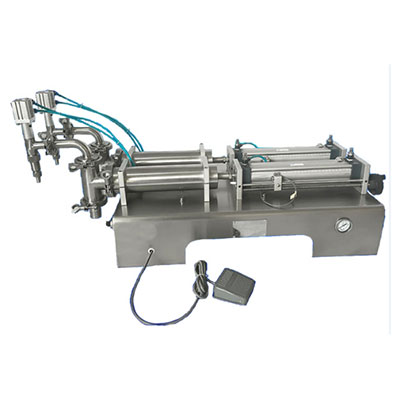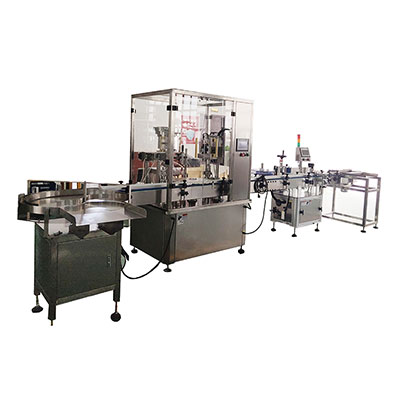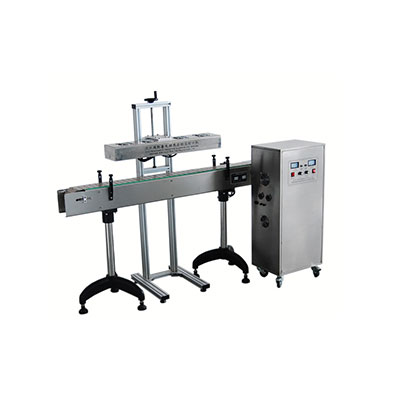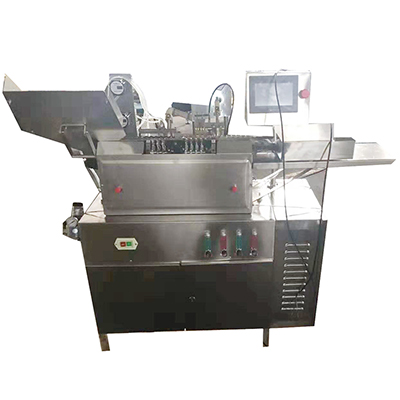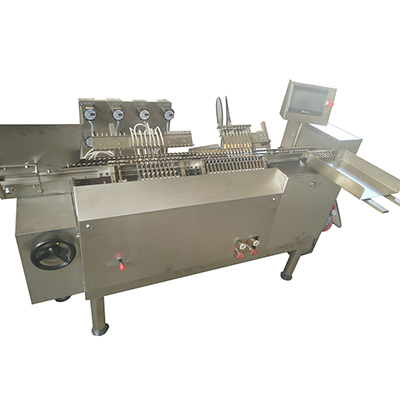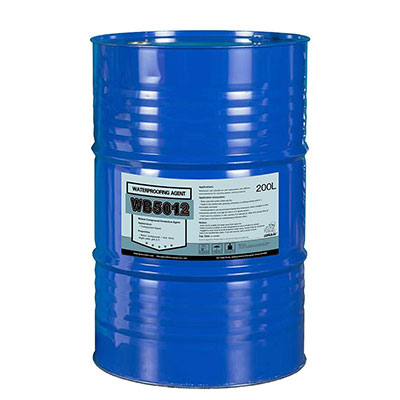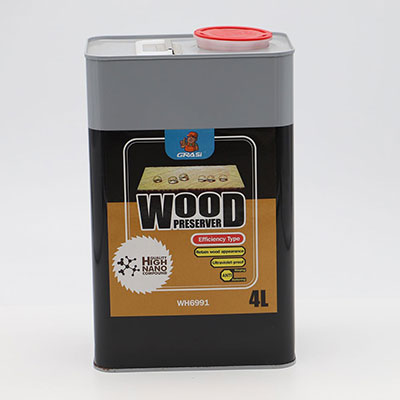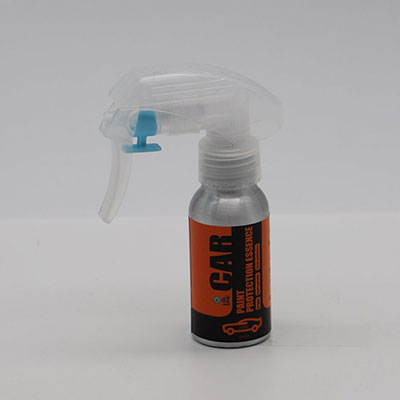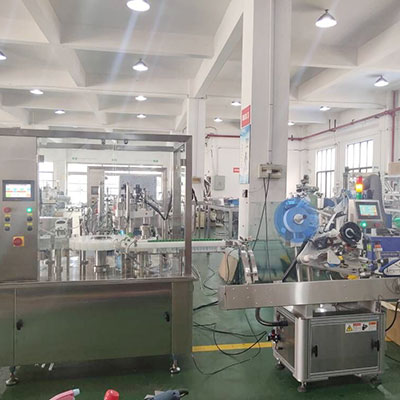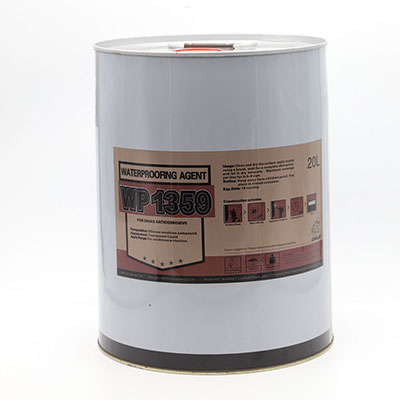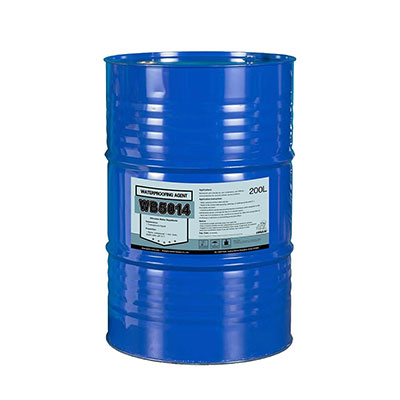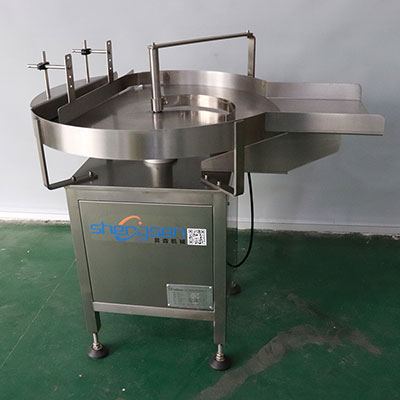EDI Equipment
EDI Equipment
EDI (Electrodeionization) is a revolutionary water treatment technology; it is a membrane filtration and desalination technology that skillfully combined the electrodialysis technology and ion exchange technology together, which is high-tech, green and eco-friendly technology.
EDI equipment uses the RO outlet water as feed water. The resistivity of RO outlet water is normally 40-2μS/cm (25℃), and the resistivity of EDI outlet water can normally reach 18MΩ.cm (25℃). According to the application of deionization water and the setup of the system, EDI outlet water can meet the requirements for resistivity of 1-18.2MΩ.cm (25℃).
The advantages of EDI equipment are continual water production, no acid and alkali regeneration, unattended operation, etc. It is gradually replacing the mix bed as the fine treatment equipment. Due to its environmentally friendliness and ease of use, EDI equipment has been accepted by more and more people and widely used in pharmaceutical, electronic, electricity, and chemical industry. Its existence is a revolutionary progress of water treatment equipment, which marked the water treatment industry finally entered into green industry.
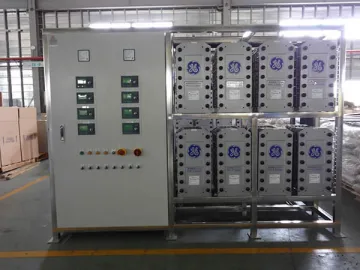
Advantages of EDI Equipment
EDI utilizes chemical-free regeneration method, which means a safer workplace because there is no need to store or handle hazardous acid and caustic. There are fewer regulation concerns due to the absence of these corrosive chemicals and there will be no waste neutralization or disposal issues.
EDI is a continuous process. The ion exchange resins are continuously being regenerated by the DC electric field. There is no excape of ions as happens in conventional ion exchange operations, therefore the quality of the water remains at a consistent high level of purity. The electric field also provides a bacteriostatic environment inside the EDI cell, inhibiting the growth of bacteria and other organisms.
EDI equipment has significantly lowered operating costs than conventional ion exchange processes. Only a relatively small amount of electric power is needed to complete the water purification. The lack of acid and caustic regeneration means less operator attention and lower labor costs. Capital costs can also be expected to be lower, especially because no chemical storage, pumping and neutralization equipment is required.
EDI equipment has a significantly smaller footprint than conventional ion exchange equipment. This means that less plant space will be required to provide the same quantity of water.
When to Consider Using EDI Equipment
EDI may be considered to be a competitive alternate process to:
1. Regenerable mixed bed deionization
1) No acid or caustic bulk storage, pumping, waste neutralization or disposal issues. 2) Lower operating cost due lower manpower requirements as well as the lack of chemical regeneration. 3) Smaller footprint.
2. Service mixed bed deionization (off-site regenerated rental vessels)
1) No ionic breakthrough resulting in a constant high quality of water.
2) No rental vessels, associated freight or monthly demurrage charges.
3. Second pass RO system
Eliminates the need for a second bank of RO membranes and associated plumbing, pumping and control equipment.
Typical applications for EDI Equipment
• Providing USP (United States Pharmacopeia) grade water
• Purified water
• Feed to WFI (Water For Injection) stills
• Steam Generation / Boiler Feed
• Microelectronics / Semiconductor makeup and rinse water
• For high quality makeup demineralized water
• General industry
• Surface finishing
• Chemical manufacturing
• Hospital & university central systems
Advantages of EDI - Pharmaceutical Applications
EDI runs in a bacteriostatic service mode. The electric field minimizes bacteria growth in the resin beds. Some EDI devices are hot water sanitizable, resulting in more effective sanitization, faster rinseup and more easily validated systems. RO/EDI easily meets Stage 1 conductivity specification, while conventional 2-Pass RO (RO/RO) does not, due to CO2 and/or NH3.
Advantages of EDI - Steam Generation Applications
EDI’s continuous electrochemical regeneration provides a constant water quality with no escape of bands of ions. EDI is a low maintenance process requiring little operator’s attention. EDI is also ideal for remote locations where you might be dependent on delivery of chemicals or DI tanks. EDI can provide low product water conductivity, of much better quality then would be possible with 2-pass RO alone.
Advantages of EDI - Microelectronics Applications
EDI provides a high quality water which has few particles due to the fact that there is no resin attrition from backwashing or osmotic shock, as would be the case with conventional ion exchange processes. EDI also provide water with a lower TOC (Total Organic Carbon) content because the electric field will remove charged organic molecules. Boron removal is better on average than mixed bed deionization, unless the mixed bed columns are regenerated very frequently.
Links:https://www.globefindpro.com/products/72776.html
-
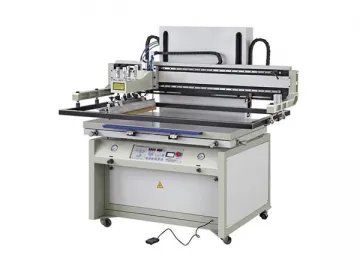 Large Parallel Lift Screen Printing Machine
Large Parallel Lift Screen Printing Machine
-
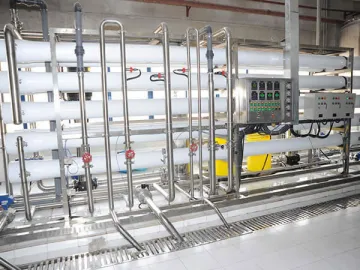 Industrial RO System
Industrial RO System
-
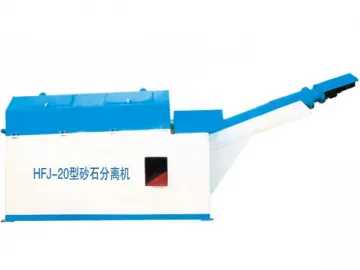 Sand and Gravel Separator
Sand and Gravel Separator
-
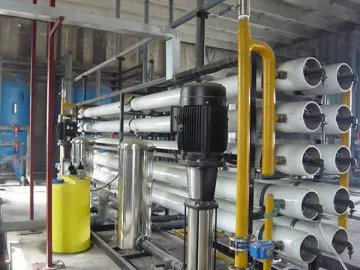 Reverse Osmosis System
Reverse Osmosis System
-
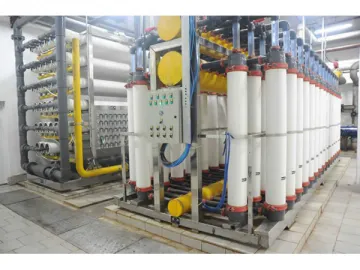 Ultrafiltration System
Ultrafiltration System
-
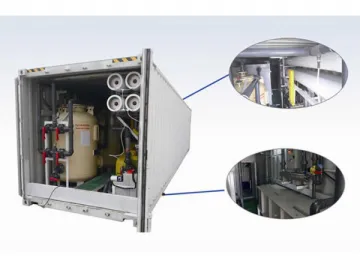 Containerized RO System
Containerized RO System
-
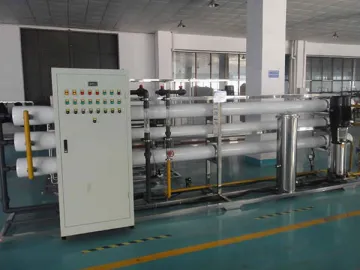 Brackish Water Desalination Plant
Brackish Water Desalination Plant
-
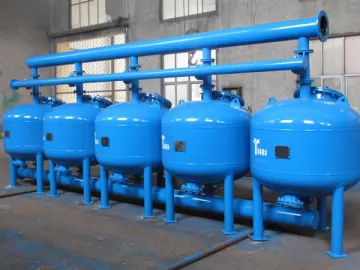 Iron & Manganese Remover
Iron & Manganese Remover
-
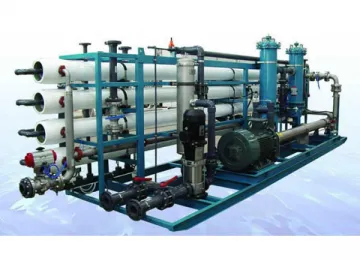 Seawater Desalination Plant
Seawater Desalination Plant
-
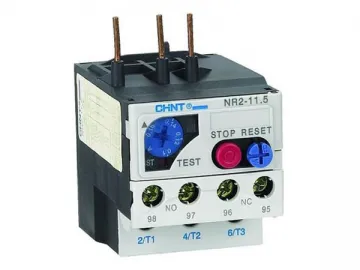 Spare Parts
Spare Parts
-
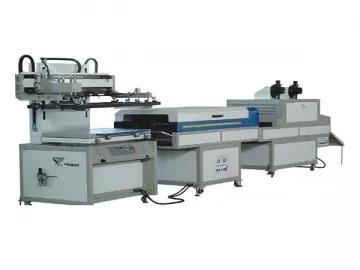 3/4 Automatic Screen Printing Line
3/4 Automatic Screen Printing Line
-
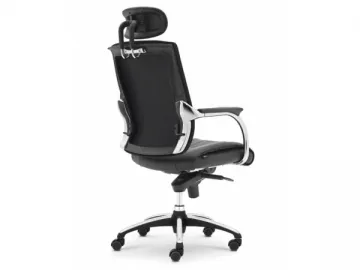 Manager Chair (Black)
Manager Chair (Black)
